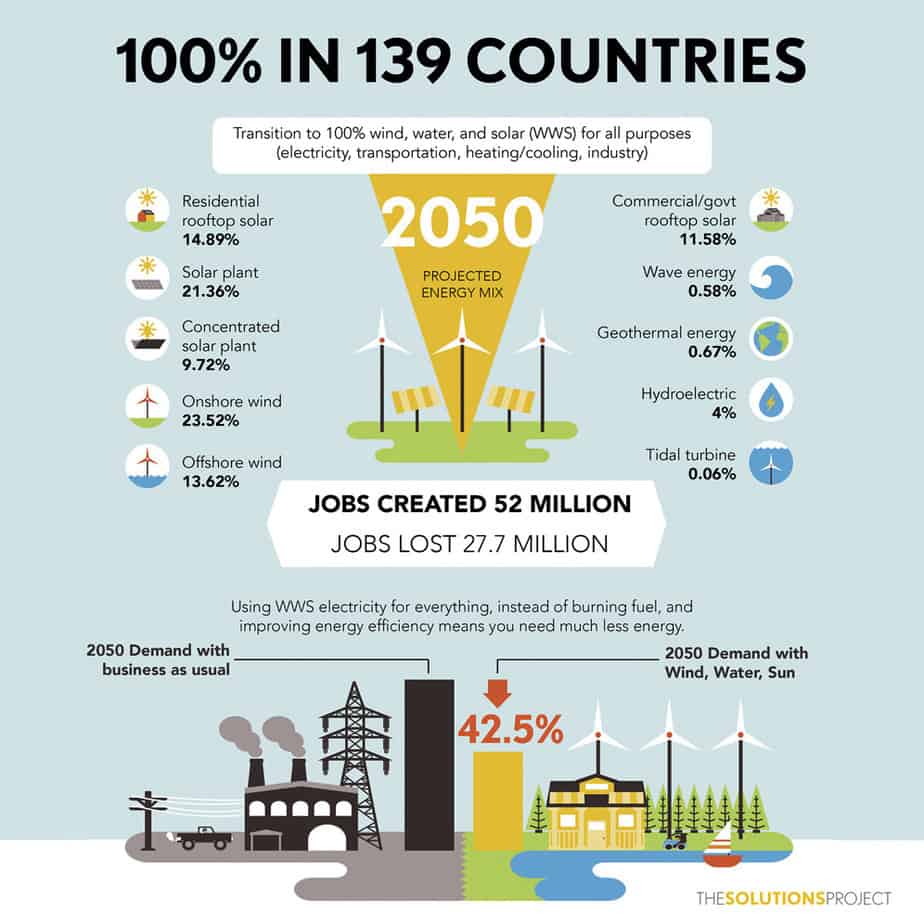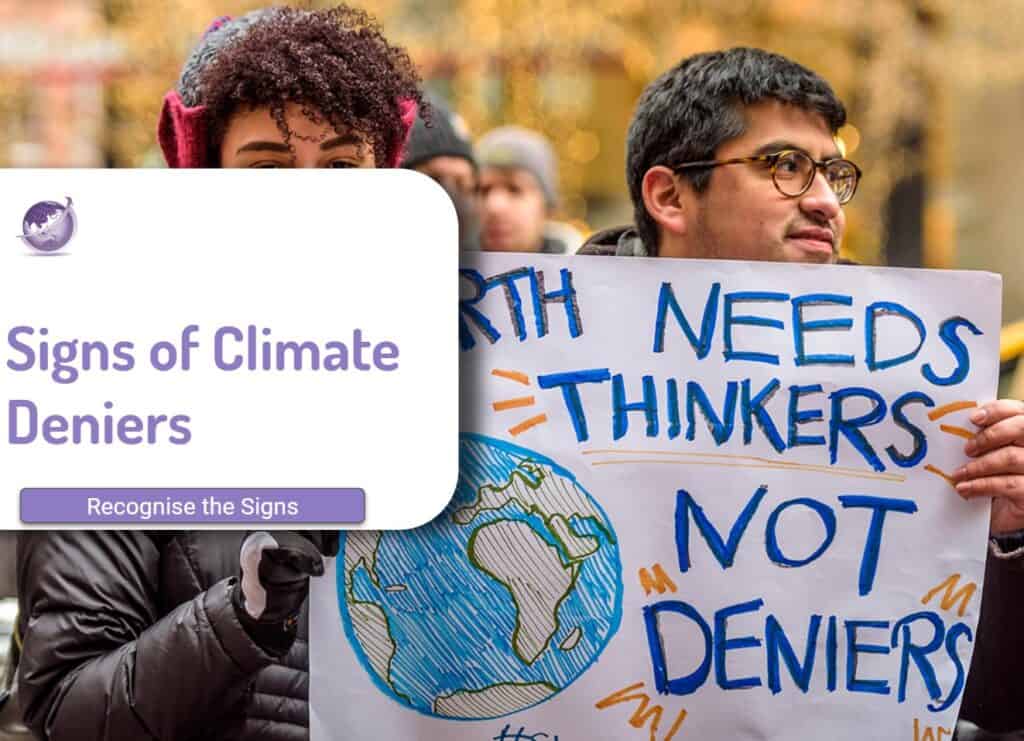Direct air capture (DAC) is a technology that removes carbon dioxide (CO2) from the atmosphere. DAC systems are considered by many to be simply greenwashing. DAC systems use a variety of methods to capture CO2, including:
- Chemical absorption: A liquid solvent is used to absorb CO2 from the air. The solvent is then heated to release the CO2, which can be stored or used for other purposes.
- Physical adsorption: A solid material is used to adsorb CO2 from the air. The material is then heated to release the CO2, which can be stored or used for other purposes.
- Electrochemical separation: An electrochemical process is used to separate CO2 from the air. The CO2 can then be stored or used for other purposes.

Once CO2 has been captured, it can be stored underground, used to make products such as concrete and fuels, or released back into the atmosphere if it is captured from a source that is already emitting CO2.
Update Aug 2023 – US Funds R&D on DAC
USA Funding
The USA unveiled plans and $1.2b to fund DAC. The U.S. Department of Energy (DOE) announced it will spend $1.2 billion for two pioneering facilities—one in Texas, the other in Louisiana—that will remove millions of tons of carbon dioxide (CO2) annually from the atmosphere using a technology known as direct air capture (DAC). Part of a controversial effort to combat global warming, the awards represent the first phase of $3.5 billion in funding for DAC hubs set aside in last year’s Bipartisan Infrastructure Law and mark the first major governmental backing in the world for the emerging carbon capture technology.
The program aims to create four DAC hubs over the next 10 years, each capable of removing and storing at least 1 million tons of CO2 each year. As part of the program’s rollout, DOE officials also announced funding for an additional 19 conceptual and engineering studies of potential future DAC plants.
CarbonCapture News
The startup aptly named CarbonCapture wants to take carbon removal down the cost curve. For full details see Canary Media. (2024) CarbonCapture just raised $80 million in private funding to try to prove its “swappable” CO2-absorbing machines
Promising Technology or A Scam
DAC is promoted as a promising technology for reducing greenhouse gas emissions. However, it is still in the early stages of development, and the cost of capturing CO2 is still high. Costs of capturing CO2 should decrease as technology improves. DAC may be a more viable option for reducing greenhouse gas emissions. Key cost driver is energy. To be low emission, that energy needs to be renewable.
Here are some of the benefits of direct air capture:
- Reduce concentration of CO2 in the atmosphere, which is a major contributor to climate change.
- Capture CO2 from a variety of sources, including power plants, factories, and vehicles.
- Produce high-purity CO2 for use in other applications, such as food and beverage production, and the production of synthetic fuels and chemicals.
Here are some of the challenges of direct air capture:
- The technology is still in its early stages of development, and the cost of capturing CO2 is still high.
- The energy required to operate DAC systems can be a significant source of emissions.
- Environmental impact poorly fully understood.
Overall, direct air capture is a promising technology for reducing greenhouse gas emissions. Before wide deployment, many challenges exist.
Shell Oil DAC Example
Energy needed is 100EJ for carbon-sucking machines to absorb more than 5 billion tons of CO2 per year. Shell’s assertion in Bloomberg March 2023
Global temperature rise is less than 1.24C by 2100, after briefly rising above 1.5C in the middle of the century. Another Shell assertion.

To read more Shell greenwashing read this article by Client Earth
Carbon Pricing Required
IEA says some DACS will be needed, although the primary change to Net Zero by 2050 is to reduce emissions. IEA says nearly half of the reductions in 2050 in the NZE Scenario come from technologies that today are only at the demonstration or prototype phase
Whereas Prof Mark Jacobson in his book No Miracles Needed says that all of the technologies are already available. Who is right?

The NZE Scenario calls for a substantial scale-up of global CDR.
By 2030, the capacity of DAC‑based technologies (for both CO2 storage and CO2 utilisation) needs to increase from less than 0.01 million tonnes of CO2 a year (MtCO2/year to around 70 MtCO2/year.
By 2050, it would need to be approximately 600 Mt CO2/year. Thats equivalent to the total energy-related CO2 emissions from Indonesia in 2021.
Emissions Reductions by Scenario
From Carbon Streaming, who uses stream financing to scale high-integrity carbon credit projects to accelerate global climate action and advance the United Nations Sustainable Development Goals.

CO2 Removal Methods Comparison

More Reading
- Carbon Removal https://www.carbonstreaming.com/
- IEAUnlocking the potential of direct air capture: Is scaling up through carbon markets possible? 2023 https://www.iea.org/commentaries/unlocking-the-potential-of-direct-air-capture-is-scaling-up-through-carbon-markets-possible
- Client Earth – Shell https://www.clientearth.org/projects/the-greenwashing-files/shell/
- E-Fuels, Renewable Natural Gas, & Carbon Capture Are Deep Fakes. Cleantechnica 2023 https://cleantechnica.com/2023/05/12/e-fuels-renewable-natural-gas-carbon-capture-are-deep-fakes/









